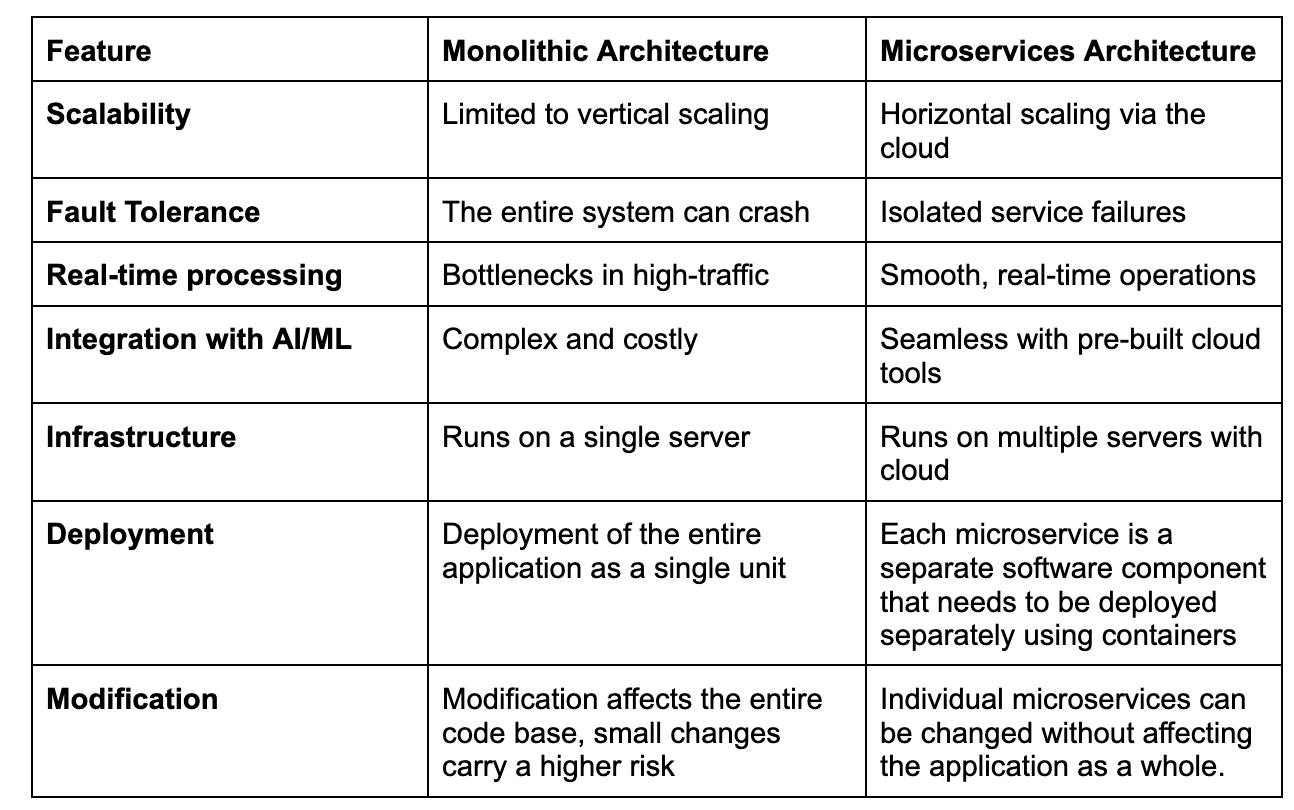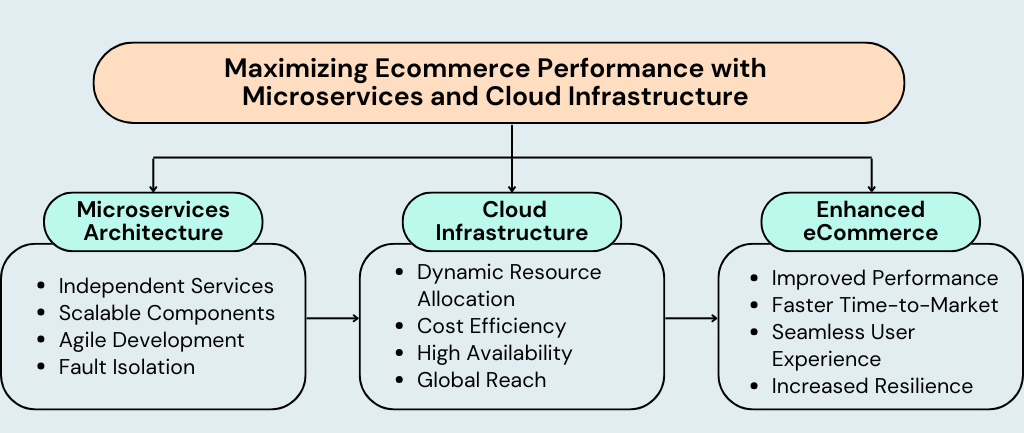What Is Platform Modernization? Future-Proofing Ecommerce Success


The eCommerce industry is growing at an unprecedented pace. The CEOs, CTOs, and other members of organizations are always trying to improve capabilities, increase capacity, and enhance the customer experience for eCommerce. Implementing eCommerce growth strategies is essential to stay competitive in today’s digital marketplace. Performance at this level is the minimum for a modern eCommerce business, but as eCommerce has grown more complex than ever, so too has the infrastructure – this is where microservices and cloud infrastructure come in.
In this blog, we focus on the essence of microservices and the cloud, what they do when combined in the context of improving eCommerce effectiveness, and how RBM Software can help you manage your eCommerce business.
In times gone by, the bulk of such systems, for instance, the monolithic architecture that is based on a Relational Database Management System like Postgres or MySQL, managed eCommerce quite well. However, these systems:
For example, during sales such as Black Friday, several e-commerce marketplaces with legacy architecture reported massive downtime as a result of the architecture’s inability to scale horizontally. These kinds of problems propel corporations towards cloud and microservices architecture.
Microservices break down an application into independent, loosely coupled services, each responsible for a specific functionality, such as payments, user authentication, or product search. These services are made to carry out particular tasks and interact with one another via APIs. Because microservices are so adaptable and scalable, it’s easier for companies to change or add functionality without affecting the system as a whole.
As of 2021, 74% of organizations have adopted microservices architecture, with 39% planning to do so within the next six months (Gartner)

Through AWS, Google Cloud, and Microsoft Azure, Cloud infrastructure allows users to source computing resources including storage, processing, and networking as needed.
As per spacelift.io, the global cloud computing market is projected to reach $947.3 billion by 2026, with 94% of enterprises already utilizing cloud services
When combined, microservices and cloud infrastructure offer unparalleled benefits compared to monolithic architecture:

For example, Netflix uses AWS Lambda, a cloud-based tool, to replace ineffective procedures and create rule-based self-managing architecture to scale its streaming service, reduce errors, and save time.

Adding offshore development to microservices and cloud infrastructure is significantly cost-effective when it comes to growing the scale. For example, RBM Software takes advantage of foreign resources in order to provide quality eCommerce services at a reasonable cost.
The global microservices architecture market is projected to reach $13.1 billion by 2033, growing at a CAGR of 12.7% from 2025 to 2033.
RBM Software provides an optimal blend of affordability and expertise, ensuring eCommerce businesses scale efficiently without sacrificing quality.
Despite the advantages, transitioning from monolithic systems to microservices and cloud presents challenges such as data migration, integration complexity, and security concerns. Addressing these proactively ensures a smooth shift toward scalability and efficiency.
1. Addressing Complexity & Skill Gaps
2. Ensuring Security & Compliance
RBM Software specializes in:
1. Custom Microservices Solutions – Tailored to your business needs.
2. Cloud Migration Support – Ensuring a seamless transition with minimal downtime.
3. Offshore Development Teams – Cutting costs while maintaining top-tier quality.
4. Security & Compliance Management – Protecting data with advanced security protocols.
Microservices and cloud infrastructure are the future of eCommerce. Partnering with RBM Software ensures a scalable, resilient, and future-proof digital commerce platform.
Microservices and cloud infrastructure revolutionize eCommerce by enabling scalability, resilience, and seamless integration of advanced technologies like AI and ML. The combined strength of microservices and the cloud guarantees excellent availability, cost-effectiveness, and worldwide reach, whereas traditional monolithic systems suffer from scalability and downtime.
Offshore development further enhances this transformation, offering cost advantages and access to global talent. Despite challenges like data migration and skill gaps, RBM Software specializes in delivering tailored solutions and smooth transitions for modern eCommerce platforms.
Microservices and cloud infrastructure represent the future of eCommerce. With RBM Software, you can transform your legacy systems into agile, scalable platforms by leveraging offshore development for cost-efficient solutions.
Let RBM Software’s experts assess your current platform and show you how we can revolutionize your eCommerce operations. Get in touch with us to schedule your consultation now.